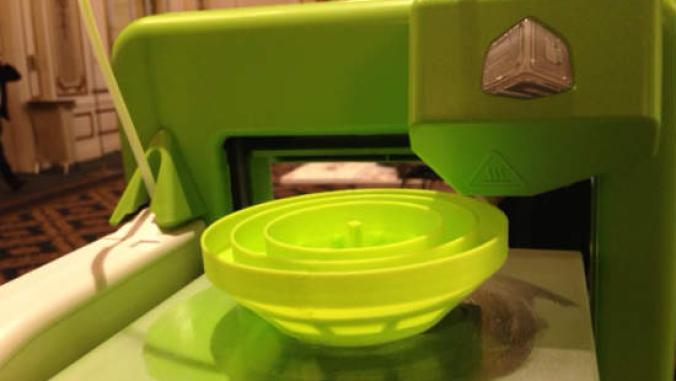Half of General Motors' Plants Achieve Landfill-Free Status
<p>Using paint sludge to make engine-shipping containers and turning cardboard into car roof interiors are just a couple of the ways General Motors recycles or reuses the majority of the waste its plants churn out.</p>

Scrap metal at GM's Warren, Mich., transmission plant - © GM Corp.
Using paint sludge to make engine-shipping containers and turning cardboard into car roof interiors are just a couple of the ways General Motors recycles or reuses the majority of the waste its plants churn out.
In the last year, 20 GM (NYSE: GM) facilities have stopped sending any waste to landfill, bringing the company's total number of landfill-free sites to 76 and just surpassing its goal to have at least half of its 145 plants be landfill-free by the end of this year.
On average, 97 percent of the waste at landfill-free sites gets recycled or reused to make new GM car parts, and 3 percent is incinerated to generate energy. Overall, GM plants have recycled or reused 2.5 million tons of waste — mainly scrap metal, followed by wood, cardboard, machining materials and batteries — this year, and has made $2.5 billion from selling waste for recycling since 2007.
"We're trying to do more closed loop systems where we are taking our own waste streams and turning them into component manufacturing," said Sharon Basel, from GM's environment and energy communications department.
Cardboard is turned into sound-absorbing material for the headliner in the Buick Lacrosse. A Fort Wayne, Ind., plant turns plastic caps and other plastic shipping pieces into radiator shrouds for the Chevrolet Silverado and GMC Sierra. And one GM supplier uses recycled tires to make baffles — parts under cars that direct air and water — and GM started sending them shredded tires that were used up from tests at its Milford Proving Ground.
All of GM's plants track their trash and make monthly reports on what wastes they are creating, and what they are and aren't recycling or reusing. All together, GM's facilities already recycle 90 percent of their waste, and the challenge now is to find new uses or options for those last bits that are still being dumped in landfills.
John Bradburn, who manages GM's waste initiatives, said ideas come from employees at all levels, suppliers, component makers and elsewhere. All plants have environmental engineers that work on waste, and some have personnel from Waste Management and other contract sources that work as resource managers, focusing on finding alternatives to landfill for different materials.
"One of the key things is to coordinate issues and projects," Bradburn said, "so if a plant is successful...we'll probably talk about it and share that (with other plants)."
GM's first plant to go landfill-free was an engine plant in Flint, Mich., in 2005, and by the end of 2006, it had 12 landfill-free locations. That more than doubled to 27 in 2007, then went up to 44 in 2008 and 56 in 2009. GM will announce new waste goals in early 2011, Basel said.
Scrap metal at GM's Warren, Mich., transmission plant - © GM Corp.





